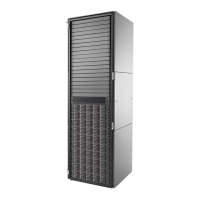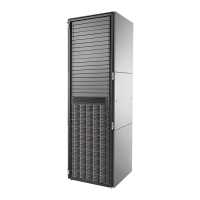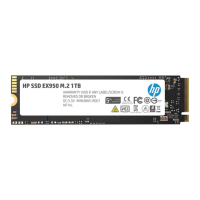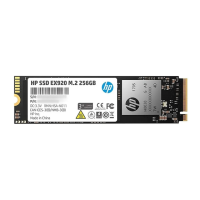Table 8 Failback settings by operating system (continued)
Supported settingsDefault behaviorOperating system
Path A/B – Failover only
Path A/B – Failover/Failback
No preferenceHost follows the unit
1
OpenVMS
Path A/B – Failover only
Path A/B – Failover/Failback
(recommended)
No preferenceHost follows the unit
1
Oracle Solaris
Path A/B – Failover only
Path A/B – Failover/Failback
No preferenceHost follows the unit
1
VMware
Path A/B – Failover only
Path A/B – Failover/Failback
No preferenceFailback performed on the hostWindows
Path A/B – Failover only
Path A/B – Failover/Failback
1
If preference has been configured to ensure a more balanced controller configuration, the Path A/B –Failover/Failback
setting is required to maintain the configuration after a single controller reboot.
Changing virtual disk failover/failback setting
Changing the failover/failback setting of a virtual disk may impact which controller presents the
disk. Table 9 (page 37) identifies the presentation behavior that results when the failover/failback
setting for a virtual disk is changed.
NOTE: If the new setting moves the presentation of the virtual disk to a new controller, any
snapshots or snapclones associated with the virtual disk are also moved.
Table 9 Impact on virtual disk presentation when changing failover/failback setting
Impact on virtual disk presentationNew setting
None. The disk maintains its original presentation.No Preference
If the disk is currently presented on Controller 2, it is moved to Controller
1. If the disk is on Controller 1, it remains there.
Path A Failover
If the disk is currently presented on Controller 1, it is moved to Controller
2. If the disk is on Controller 2, it remains there.
Path B Failover
If the disk is currently presented on Controller 2, it is moved to Controller
1. If the disk is on Controller 1, it remains there.
Path A Failover/Failback
If the disk is currently presented on Controller 1, it is moved to Controller
2. If the disk is on Controller 2, it remains there.
Path B Failover/Failback
Implicit LUN transition
Implicit LUN transition automatically transfers management of a virtual disk to the array controller
that receives the most read requests for that virtual disk. This improves performance by reducing
the overhead incurred when servicing read I/Os on the non-managing controller. Implicit LUN
transition is enabled in VCS 4.xxx and all versions of XCS.
When creating a virtual disk, one controller is selected to manage the virtual disk. Only this
managing controller can issue I/Os to a virtual disk in response to a host read or write request. If
Operating tips and information 37

